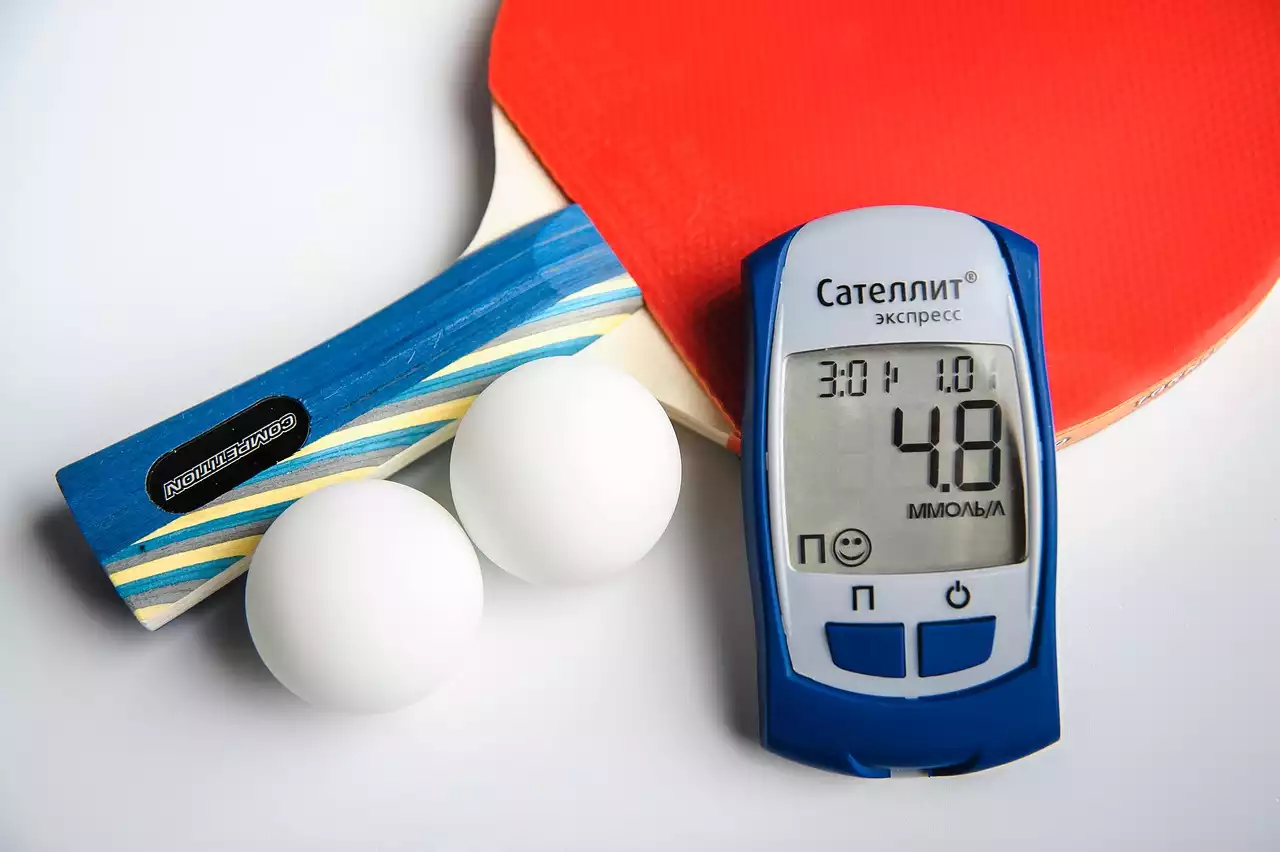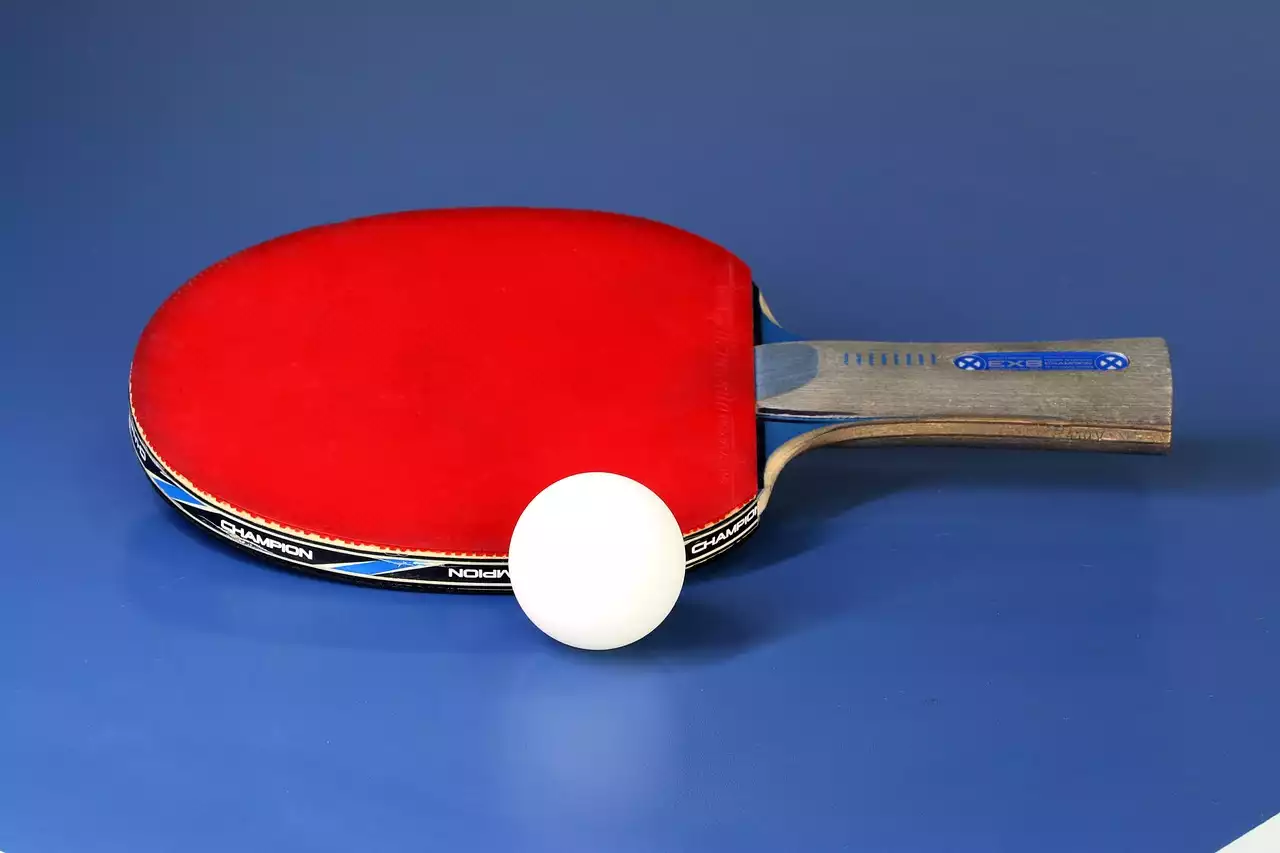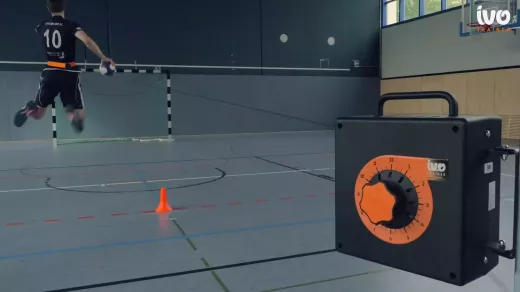Defensive play in table tennis
Defensive play in table tennis is a strategy that involves prioritizing control and precision over aggression and power. Defensive players focus on returning their opponent's shots with calculated returns, often using chopping or blocking techniques to disrupt the opponent's rhythm and force errors. This style of play requires a high level of anticipation and the ability to read the opponent's shots accurately. Defensive players often prefer to play further away from the table, giving themselves more time to react to their opponent's shots.
One of the main advantages of defensive play is the ability to frustrate aggressive opponents. By consistently returning their shots with precision and control, defensive players can force their opponents into making mistakes or taking unnecessary risks. Additionally, defensive play is less physically demanding compared to offensive play, as it relies more on finesse and strategy rather than raw power. This makes it an ideal strategy for players who may not possess the same level of physical strength as their opponents.
However, defensive play also has its disadvantages. Defensive players are often more susceptible to aggressive shots, as their strategy relies heavily on reacting to their opponent's shots rather than taking control of the game. This can make it difficult to win points outright, as defensive players often rely on their opponents' errors to score. Additionally, defensive play requires a high level of skill and experience to execute effectively, as it involves mastering various defensive techniques such as chopping, blocking, and lobbing.
In conclusion, defensive play in table tennis is a strategy that prioritizes control, precision, and anticipation. It can be an effective strategy for frustrating aggressive opponents and conserving energy, but it requires a high level of skill and experience to execute effectively.
Offensive play in table tennis
In contrast to defensive play, offensive play in table tennis is all about aggression, power, and taking control of the game. Offensive players focus on attacking their opponents with powerful shots such as loops, smashes, and drives, aiming to force errors or win points outright. This style of play requires a high level of physical strength, quick reflexes, and the ability to generate power and spin in their shots.
One of the main advantages of offensive play is the ability to dictate the pace and direction of the game. By taking control of the rallies and putting pressure on their opponents, offensive players can force errors or create opportunities for winners. Additionally, offensive play is more likely to result in outright points, as offensive shots are often more difficult to return compared to defensive shots. This makes offensive play an ideal strategy for players who are confident in their attacking abilities and have the physical attributes to execute powerful shots.
However, offensive play also has its disadvantages. Offensive players are often more vulnerable to defensive strategies, as their aggressive shots can be easily anticipated and countered by skilled defensive players. Additionally, offensive play requires a high level of physical fitness and stamina, as it involves constant movement, quick footwork, and explosive shots. This can make it more physically demanding compared to defensive play, especially during long matches or extended rallies.
In conclusion, offensive play in table tennis is a strategy that emphasizes aggression, power, and taking control of the game. It can be an effective strategy for dictating the pace and direction of the match, but it requires a high level of physical fitness and the ability to execute powerful shots consistently.
Understanding the differences between defensive and offensive strategies
While defensive and offensive strategies may seem like polar opposites, they both have their strengths and weaknesses. Understanding the differences between these two strategies can help you develop a well-rounded playing style that adapts to different opponents and situations.
One key difference between defensive and offensive strategies is the mindset and approach to the game. Defensive players focus on reacting to their opponent's shots and returning them with control and precision. They prioritize consistency and patience, aiming to frustrate their opponents and force errors. Offensive players, on the other hand, take a more aggressive approach, aiming to dominate the game with powerful shots and put pressure on their opponents. They prioritize attacking opportunities and take risks to create winning opportunities.
Another difference lies in the types of shots used by defensive and offensive players. Defensive players often rely on chopping, blocking, and lobbing techniques to return their opponent's shots. These shots are designed to disrupt the opponent's rhythm and force errors. Offensive players, on the other hand, focus on powerful shots such as loops, smashes, and drives, aiming to win points outright or force weak returns.
Tactical considerations also differ between defensive and offensive strategies. Defensive players often prefer to play further away from the table, giving themselves more time to react to their opponent's shots. They rely on their ability to read the opponent's shots accurately and anticipate their next move. Offensive players, on the other hand, often play closer to the table, aiming to take the ball early and put pressure on their opponents with aggressive shots.
In conclusion, understanding the differences between defensive and offensive strategies is crucial for developing a well-rounded playing style. By combining the strengths of both strategies and adapting to different opponents and situations, you can elevate your game and become a more versatile player on the table.
Advantages and disadvantages of defensive play
Defensive play in table tennis has its own set of advantages and disadvantages. By understanding these, you can determine when to employ defensive strategies and make the most of your playing style.
One of the main advantages of defensive play is the ability to frustrate aggressive opponents. By consistently returning their shots with control and precision, defensive players can force their opponents into making mistakes or taking unnecessary risks. This can disrupt their opponent's rhythm and confidence, giving the defensive player an advantage in the match. Furthermore, defensive play is less physically demanding compared to offensive play, as it relies more on finesse and strategy rather than raw power. This can be beneficial for players who may not possess the same level of physical strength as their opponents.
However, defensive play also has its disadvantages. Defensive players are often more susceptible to aggressive shots, as their strategy relies heavily on reacting to their opponent's shots rather than taking control of the game. This can make it difficult to win points outright, as defensive players often rely on their opponents' errors to score. Additionally, defensive play requires a high level of skill and experience to execute effectively. It involves mastering various defensive techniques such as chopping, blocking, and lobbing, which can take time and practice to perfect.
In conclusion, defensive play in table tennis has the advantage of frustrating aggressive opponents and conserving energy. However, it also has the disadvantage of being more susceptible to aggressive shots and requiring a high level of skill to execute effectively.
Advantages and disadvantages of offensive play
Offensive play in table tennis has its own set of advantages and disadvantages. By understanding these, you can determine when to employ offensive strategies and maximize your playing style.
One of the main advantages of offensive play is the ability to dictate the pace and direction of the game. By taking control of the rallies and putting pressure on their opponents, offensive players can force errors or create opportunities for winners. This can be particularly effective against defensive opponents who may struggle to handle the speed and power of offensive shots. Additionally, offensive play is more likely to result in outright points, as offensive shots are often more difficult to return compared to defensive shots.
However, offensive play also has its disadvantages. Offensive players are often more vulnerable to defensive strategies, as their aggressive shots can be easily anticipated and countered by skilled defensive players. This can lead to frustrating errors and missed opportunities. Furthermore, offensive play requires a high level of physical fitness and stamina. It involves constant movement, quick footwork, and explosive shots, which can be physically demanding, especially during long matches or extended rallies.
In conclusion, offensive play in table tennis has the advantage of dictating the pace and direction of the game. However, it also has the disadvantage of being vulnerable to defensive strategies and requiring a high level of physical fitness to execute effectively.
When to use defensive strategies in table tennis
Knowing when to use defensive strategies in table tennis is crucial for maximizing your chances of success. Defensive strategies are particularly effective against aggressive opponents who rely on powerful shots and aggressive play.
One situation where defensive strategies can be effective is when facing opponents who lack patience and consistency. Defensive players often excel at frustrating opponents and forcing errors by consistently returning shots with control and precision. Against opponents who struggle to handle the pressure and become impatient, defensive play can be a valuable weapon.
Another situation where defensive strategies can be useful is when facing opponents with strong offensive skills. Skilled offensive players can be difficult to beat outright, as they excel at dominating the game with powerful shots. Defensive players, with their focus on control and precision, can neutralize an opponent's offensive strengths by returning shots with consistency and accuracy. By forcing their opponents to make mistakes or take unnecessary risks, defensive players can level the playing field and increase their chances of winning.
It's also important to consider the match situation when deciding to employ defensive strategies. Defensive play is often more effective during longer matches, as it allows players to conserve energy and frustrate their opponents over time. However, in shorter matches or when trailing in points, defensive players may need to switch to a more offensive approach to increase their chances of catching up or winning the match.
In conclusion, defensive strategies in table tennis are particularly effective against aggressive opponents and in situations where patience and consistency are key. By adapting your playing style to different opponents and match situations, you can maximize your chances of success on the table.
When to use offensive strategies in table tennis
Knowing when to use offensive strategies in table tennis is essential for taking control of the game and creating winning opportunities. Offensive strategies are particularly effective against opponents who struggle to handle aggressive shots and fast-paced play.
One situation where offensive strategies can be effective is when facing opponents with weak defensive skills. Offensive players excel at dictating the pace and direction of the game with their powerful shots and aggressive play. Against opponents who struggle to return aggressive shots or who lack defensive skills, offensive players can put constant pressure on their opponents and force errors or create winning opportunities.
Another situation where offensive strategies can be useful is when facing opponents with a defensive playing style. Defensive players often prioritize control and precision over aggression and power. By taking an offensive approach and attacking their opponents with powerful shots, offensive players can disrupt the rhythm and strategy of defensive players, forcing them into uncomfortable positions and increasing their chances of winning.
It's also important to consider the match situation when deciding to employ offensive strategies. Offensive play is often more effective during shorter matches or when leading in points, as it allows players to take control of the game and create winning opportunities. However, in longer matches or when trailing in points, offensive players may need to switch to a more defensive approach to conserve energy and frustrate their opponents.
In conclusion, offensive strategies in table tennis are particularly effective against opponents with weak defensive skills and in situations where dominating the game and creating winning opportunities are crucial. By adapting your playing style to different opponents and match situations, you can maximize your chances of success on the table.









